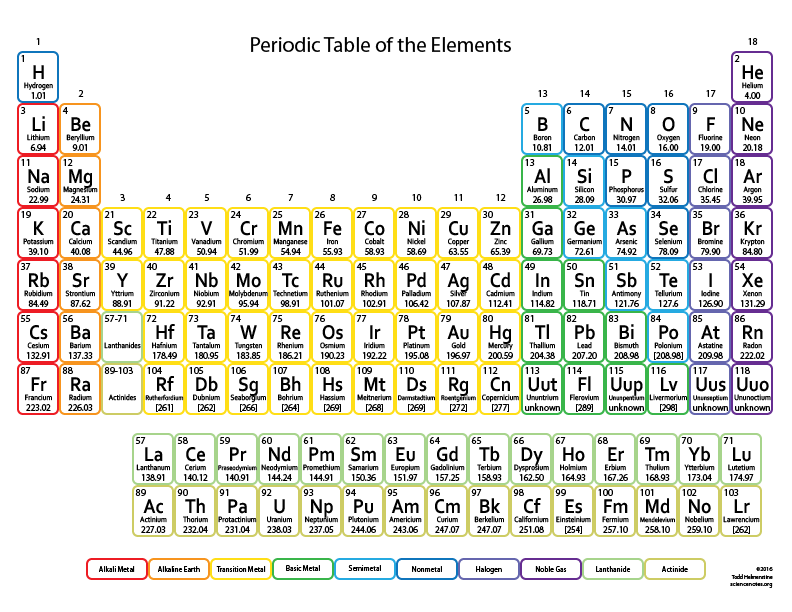
Paul Adams
Creator & designer
Bournemouth and Poole College
In the short term, I plan on completing my the access course and gaining a place to university. In the long term I hope to gain a masters, and PhD in Phamacological sciences. My experience with technology and creating this website provides the skills I need to "get a foot in the door". With technology moving so quickly, scientists in any field, need to have the ability to quickly shift and learn new techniques of investigation. With this in mind, I hope to go further in exploring Pharmacoinformatics being the study of pharmacology and computational systems of the future.
I have experience in working in Bars and restaurants which helped develop my "people" skills. Along with my position held as an SME for a large technological company supporting mobile devices, have also given me skills to get me ready for the challenges of university. This has also given me the opportunity to develop this website and Google Chrome Extensions.
Chemistry
We studied 3 units in Chemistry
Core Chemistry
Biochemistry
Physical Chemistry
Below is more information about each unit, there isn't a physical chemistry section as we've only just finished that unit and I haven't written the page yet.
The periodic table

Empirical values
| Method | Element A | Element B | Element C |
|---|---|---|---|
| Write out the Chemical symbols | C | H | O |
| Given Percentages = mass (g) | 40.0% | 6.6% | 53.4% |
| Relative formula mass (Mr, from periodic table) | 12 | 1 | 16 |
| Amount (mol) = Mass / Relative atomic mass | 40/12= 3.333 | 6.6/1= 6.6 | 53.4/16= 3.34 |
| Divide by smallest amount (mol) to give whole number ratios | 3.3/3.3= 1 | 6.6/3.3= 2 | 3.33/3.34= 1 |
| Empirical formula is | Cx2 | H2x2 | Ox2 |
| Molecular formula is | C2 | H4 | O2 |
This equals C2H4O2
The Mole!
Below is a calculator to work out the mole of a given mass and molar mass. Enter the data into the corresponding box and click the relevant button, it will then provide the answer.
To quote my chemistry lecturer "The mole (in chemistry) isn't a furry creature that digs holes, a blemish on the skin, an undercover agent or a highly spiced Mexican sauce." But it is the SI unit of amount of substance. It is of fundamental impmortance in chemistry because each element (type of atom) will have a different mass, but in chemistry we want to react to the same number of atoms or whole number ratios of these different atoms together and the mole allows us to do this.
The Result is :

Carbohydrates
Carbohydrates only consist of C, H and O. These are also called "Saccharides" which comes from "sakkharon", a Greek word meaning sugar.
3 Main groups
Mono (meaning 1), Glucose, fructose (fruit sugars), and galactose as examples.
Di (meaning monosaccharides) Lactose (milk), sucrose (table sugar) and maltose (wheat, hops) is an example of a disacchoride.
Poly (meaning many Monosaccharides joined together), Starch in plants, and glycogen for animals, these act as storage. Cellulose is found in plant cell walls.
All ending with Saccharides
Mono, and disaccharides are known as simple sugars. Whereas more complex sugars are polysaccharides.
Monosaccharides
Dissolve easily in water to form a sweet solution. The general formula (CH2O)nn where n is the number of carbons.
There are 2 types of these:
Pentose (5C) - Ribose or deoxyribose
Hexose (6C) - Glucose and Fructose, which are also one of the most common monosaccharide.
Fructose's structure is different to glucose as the ring, is in a pentagon, rather than hexagon ring with Glucose
Galactose, is also a Hexose sugar, but the difference is that the OH on carbon 4 is at the top, rather than the bottom.
Disaccharide
Maltose - made from 2 Glucose in a condensation reaction. Essentially, adding water, also known as a glycosidic bond.
Sucrose is made up from glucose and fructose. The same as Maltose in a condensation reaction.
Polysaccharides (complex sugars)
Starch
Storage form of glucose in plants.
It exists in two forms. Both are ade from alpha-glucose. Unbranched (amylose) about 80% in this form
Branched is amylopectin
Cellulose (one kind of fibre):
Major structural polymer in plants,
Made from Beta-glucose, linked by 1,4 glycosidic bonds
Forms long unbranched changed held together by hydrogen bonds.
These chains are linked together from long microfibrils.
Nucleic acids
All Nucleotides contain a phosphate, sugar & an organic base.
In DNA you have Sugar, Deoxyribose, and 4 bases A, T, C, G.
A & G - 2 rings ---> purines
C & T - 1 ring ---> Pyrimidines
